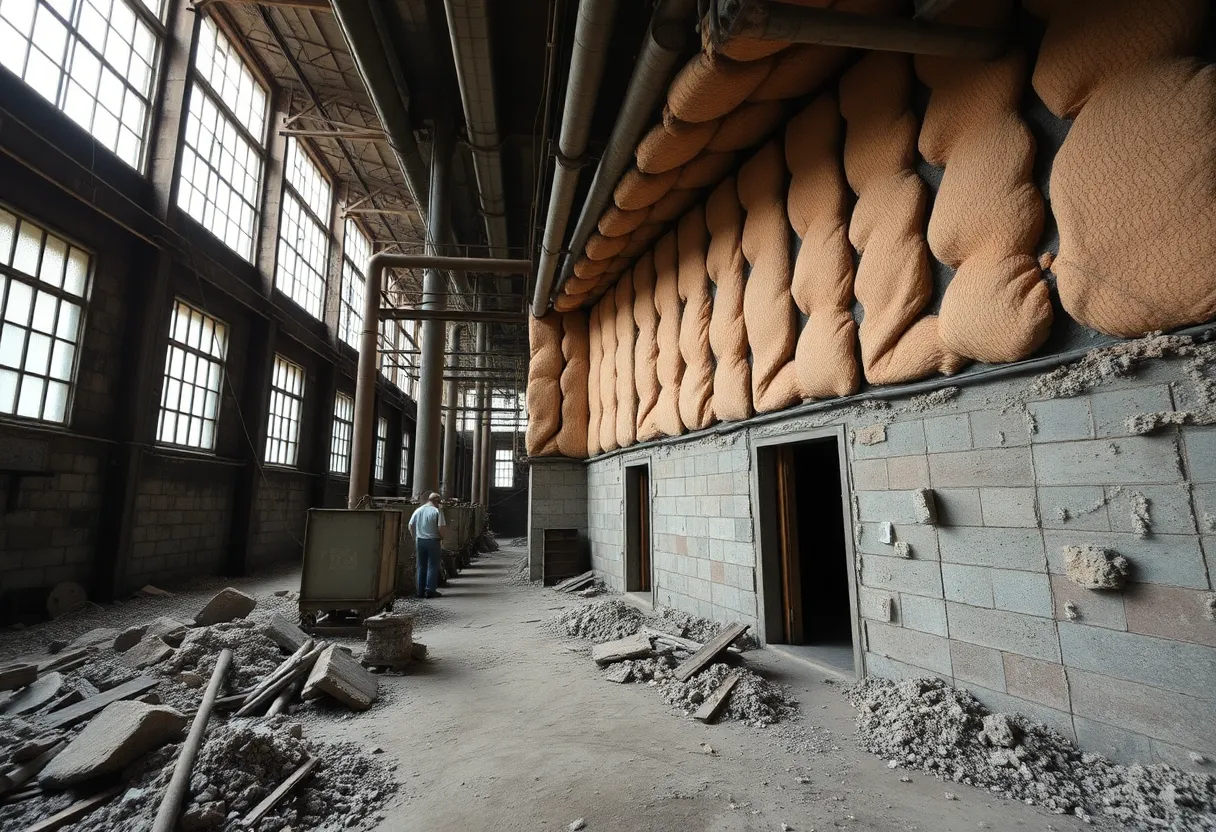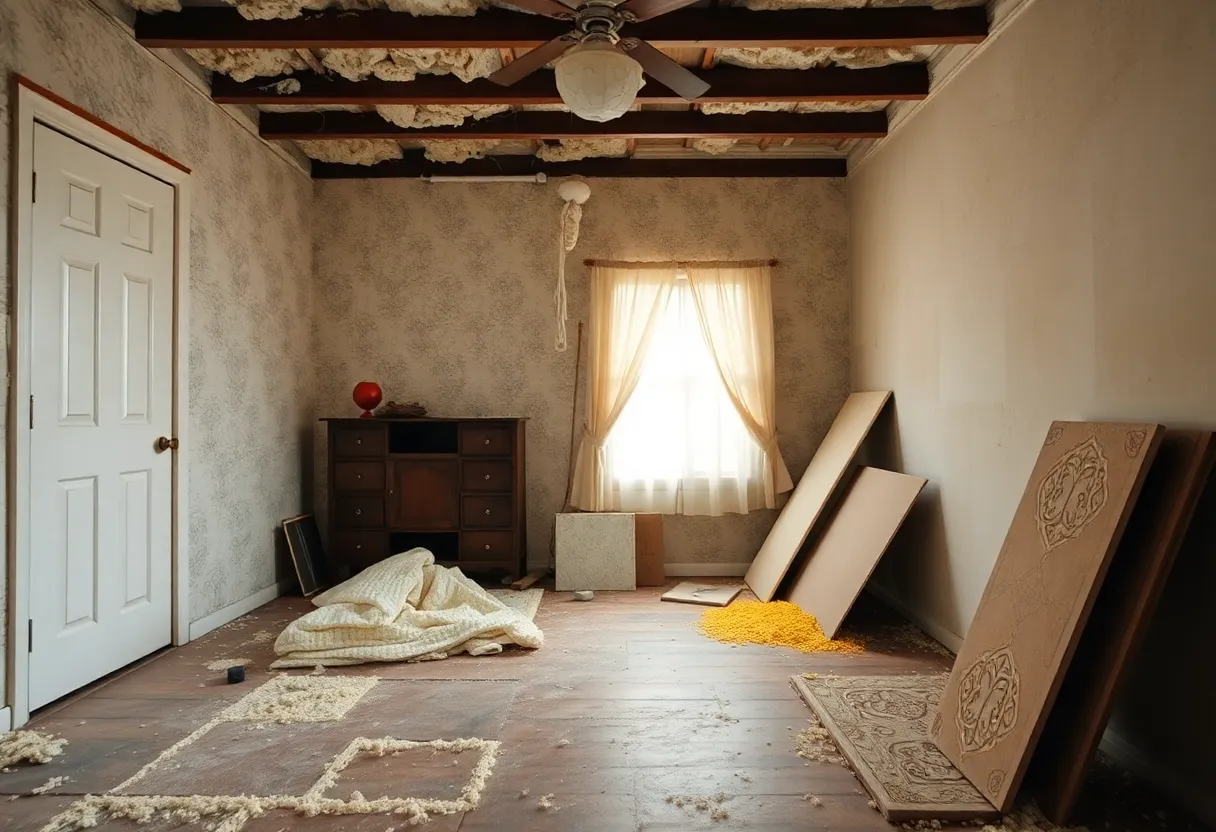News Summary
ACandS, a key player in the asbestos insulation market, has faced numerous legal challenges leading to its bankruptcy in 2002. This article delves into the company’s history, the establishment of the ACandS Asbestos Settlement Trust, and recent changes to compensation payouts for victims of asbestos exposure. With reduced payouts affecting victims seeking claims, understanding the compensation eligibility and the importance of legal aid is crucial for those affected.
ACandS Bankruptcy and Asbestos Compensation: What You Need to Know
ACandS, once a key player in the asbestos insulation market, has faced significant legal and financial challenges due to its long history with asbestos exposure. Originally established as Armstrong Contracting and Supply Corporation, ACandS focused on selling and installing asbestos insulation for commercial and industrial buildings. With the wave of lawsuits over asbestos-related illnesses that emerged in the 1960s, ACandS’s operations faced irreversible impacts that culminated in a bankruptcy filing in 2002.
The Asbestos Background
The Armstrong Cork Company initiated its journey in the 1860s by producing cork stoppers but later diversified into insulation after acquiring various companies. Its first claim concerning asbestos disease surfaced in 1952. This claim marked the tipping point leading to the establishment of Armstrong Contracting and Supply Corporation in 1958, strictly focused on asbestos insulation. It is critical to note that the company did not manufacture this insulation; it merely sold and installed products sourced from other manufacturers, essentially operating as a vital link in the asbestos supply chain.
Transformation and Legal Troubles
As the 1960s progressed, the number of lawsuits against ACandS escalated, forcing the company to reevaluate its operations. Ultimately, a group of 31 employees purchased the subsidiary in 1969, rebranding it as ACandS. However, the shadow of asbestos exposure loomed large. Workers using ACandS insulation, primarily insulation workers, pipefitters, plumbers, and other tradesmen, faced dire exposure risks. Many would eventually suffer from asbestos-related diseases, with mesothelioma leading the charge as a particularly fatal outcome.
Bankruptcy and the Trust Fund
Facing an overwhelming number of lawsuits and financial pressures, the company filed for bankruptcy in 2002. As part of its restructuring plan, ACandS established the ACandS Asbestos Settlement Trust, which became effective on July 31, 2008. This trust was capitalized with around $527.6 million raised from stock and insurance settlements, designed to provide financial relief for victims exposed to ACandS products.
Changes to Trust Payouts
However, changes to the trust have recently impacted the amount of compensation available to victims. Starting in October 2023, the payout percentage was reduced from 4.9% to 4.0%, marking a significant decline in compensation for those seeking relief. While this reduction may cut into the support available, victims who worked with ACandS products are still eligible for claims through the asbestos trust. Understanding these developments can be crucial for many.
Compensation Eligibility and Legal Aid
If you or someone you know has been exposed to asbestos through ACandS products, consulting with a specialized mesothelioma lawyer is essential. These attorneys understand the complex landscape of asbestos-related claims and can assist in determining the source of your exposure, even if you are unsure. The lawyer’s expertise is also invaluable in navigating the intricate steps required to file a successful claim with the trust.
Documentation Matters
To initiate a claim, specific documentation will be needed, including medical records and evidence of exposure. Timing is critical, as the window to file claims can be limited. Therefore, seeking help from an experienced attorney who can adeptly handle the paperwork and represent your interests is highly recommended.
ACandS’s Legacy of Risk
The impact of ACandS’s business practices continues to resonate, with many workers suffering from devastating health effects due to asbestos exposure. The deadly legacy of these operations not only emphasizes the importance of accountability but also the necessity for victims to receive the compensation they deserve. With the ongoing challenges presented by reduced payouts, it is more important than ever for former workers and their families to understand their rights and seek legal redress.



















